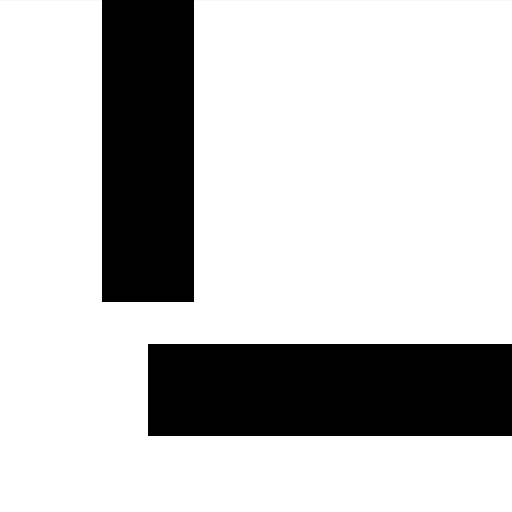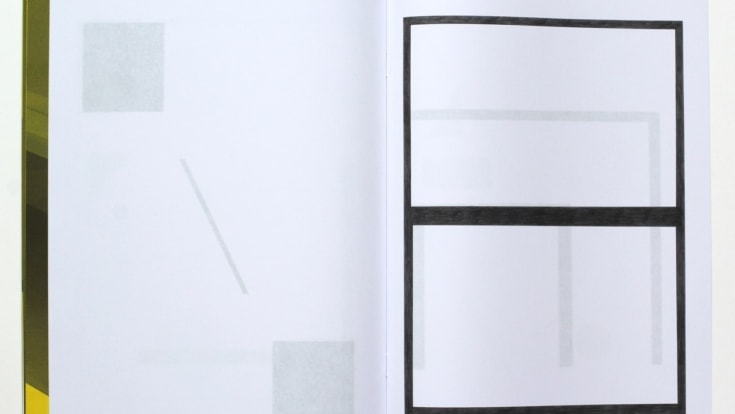
Horizontal Drawing
Horizontal Drawing studies drawing as a horizontal, symbolic medium.
The notion ‘horizontal drawing’ is derived from Walter Benjamin. In the essay “Malerei und Graphik” Benjamin makes a distinction between the vertical and representative character of the painting and the horizontal, symbolic character of the drawing. A so-called vertical work presents itself to the viewer as a direct window on reality. A typical example is a realistic painting, vertically attached to the wall. A horizontal work on the other hand, is not an unmediated window but a material and symbolic network systematically scanned by the viewer. In the first case, there is a direct and uniform transfer, in the second case an interaction between work and viewer / interpreter is installed. Horizontal Drawing explores how meaning is formed in and through drawing, literally ‘a play with signs’. Drawing is regarded as a symbolic system that generates meaning. The platform values the connection between drawing and thinking and the associated directions: from concept to drawing or conversely, drawing generating thoughts. The direction or track itself is also appreciated: drawing as departure and as end point.
Past projects
City in Reverse: Reflecting Aluminum (2021-2023)
Researcher : Karen Vermeren
The research project wants to explore whether the representation of a contemporary (geological/urban) landscape can be enhanced through the use of the material aluminum. In addition to concrete and plastic, it is a symbolic material for the current Anthropocene era, a so-called technofossil. Drawing and/or painting takes place with and/or on various aluminum carriers, challenging innovative spatial approaches and interactions. The characteristic properties of the improper material in relation to an (urban) landscape are investigated. By using formal means – such as the grid, folds, a window – the crumbling landscape is given a new framework. Reflective surfaces are added to this research project: the in situ experience is (re)quested, and new meanings are generated for the concept of time.

Fault Lines (Breuklijnen)
Researcher : Dr. Karen Vermeren
The search for new artistic representations of the geological landscape calls into question traditional views of landscape paintings. This project searches for new representations of the geological landscape in two-dimensional in situ installations. It focuses in particular on the movement of fault lines and glaciers. The research was conducted in collaboration with various researchers at the University of Antwerp (Prof. Ivan Nijs, PhD, Plant and Vegetation Ecology Research Group and Prof. Emeritus Louis Beyens, PhD, Ecosystem Management Research Group) and Sint Lucas Antwerpen (Horizontal Drawing, led by Arpaïs Du Bois).
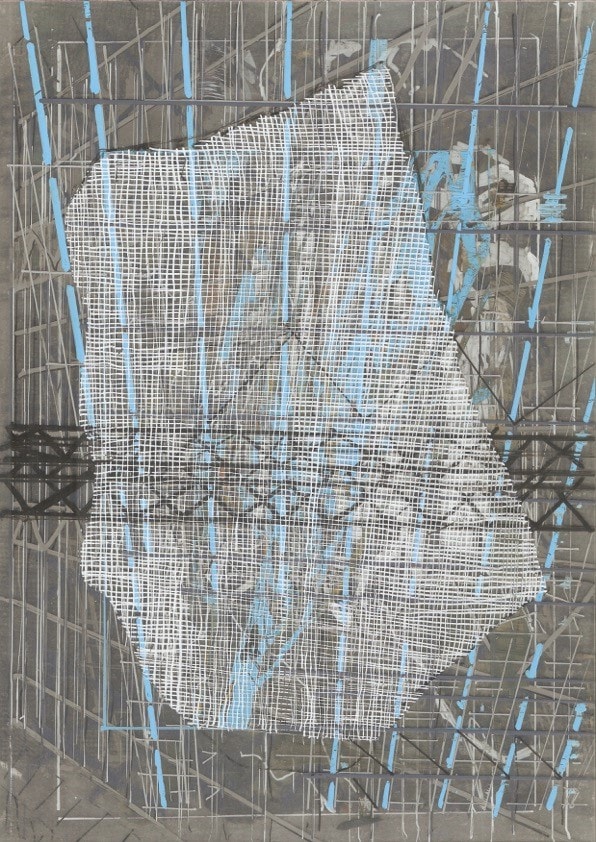
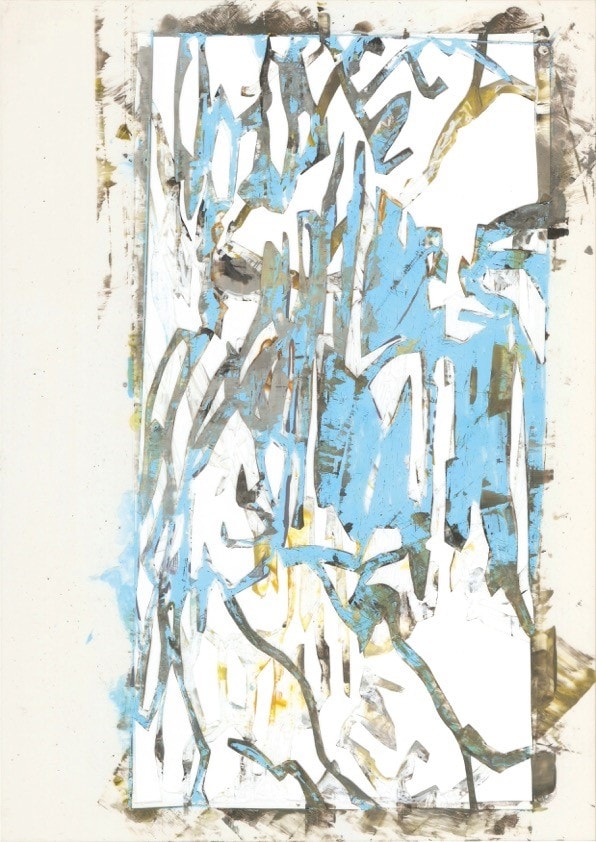
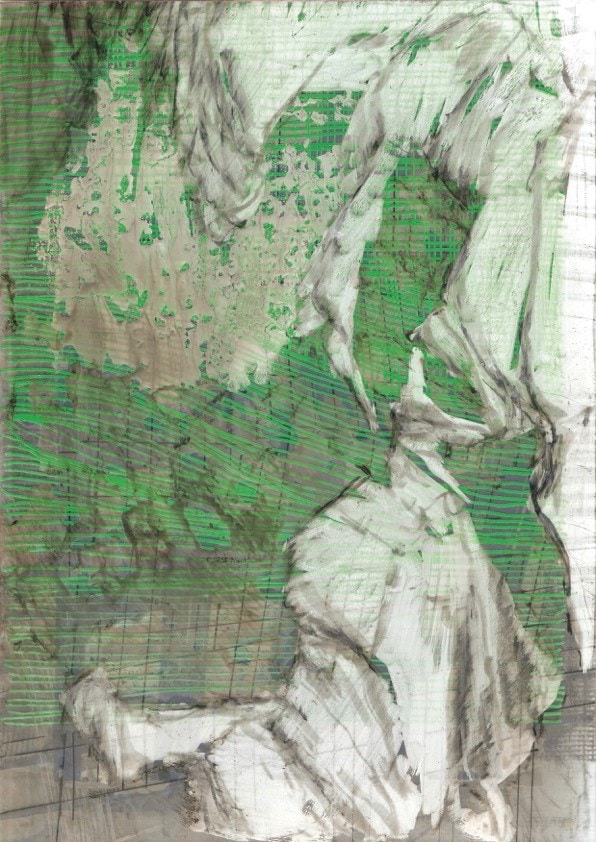
A certain amount of words within a certain amount of time
Researchers : Marc Nagtzaam
“The absolute stasis of the grid, its lack of hierarchy, of centre, of inflection, emphasizes not only its anti-referential character, but – more importantly – its hostility to narrative”; certainly these are all qualities easily applied to Marc Nagtzaam’s drawings – with the added twist, of course, of their use of language (the very stuff of ‘narrative’) as the grid’s omnipresent constituent element: words that cannot help but “making sense.” What does a “refusal of speech” sound like, indeed, when the muteness of the grid is made up of words? ‘Twittering Machines’, Dieter Roelstraete
Nagtzaam’s practice might be seen as belonging to the cult of the late modernist abstraction, with its emphasis on materiality, process and pure perception, unaffected by imagistic associations. However, language plays a decisive role in the deviation from this legacy, apparent both in the text works and in the titles given to the drawings which bring back to the factual, establishing the extent to which his works act as dense time-containers, despite their small, malleable, portable format. In the text works, the letters become forms and images themselves, more to be seen than to be read. Is the artist writing or depicting the image of a text? Even if we knew where these texts came from, we would have no idea where are they going. Are they excuses for miscellaneous representations, or a way to affirm form beyond semantic connotations?
